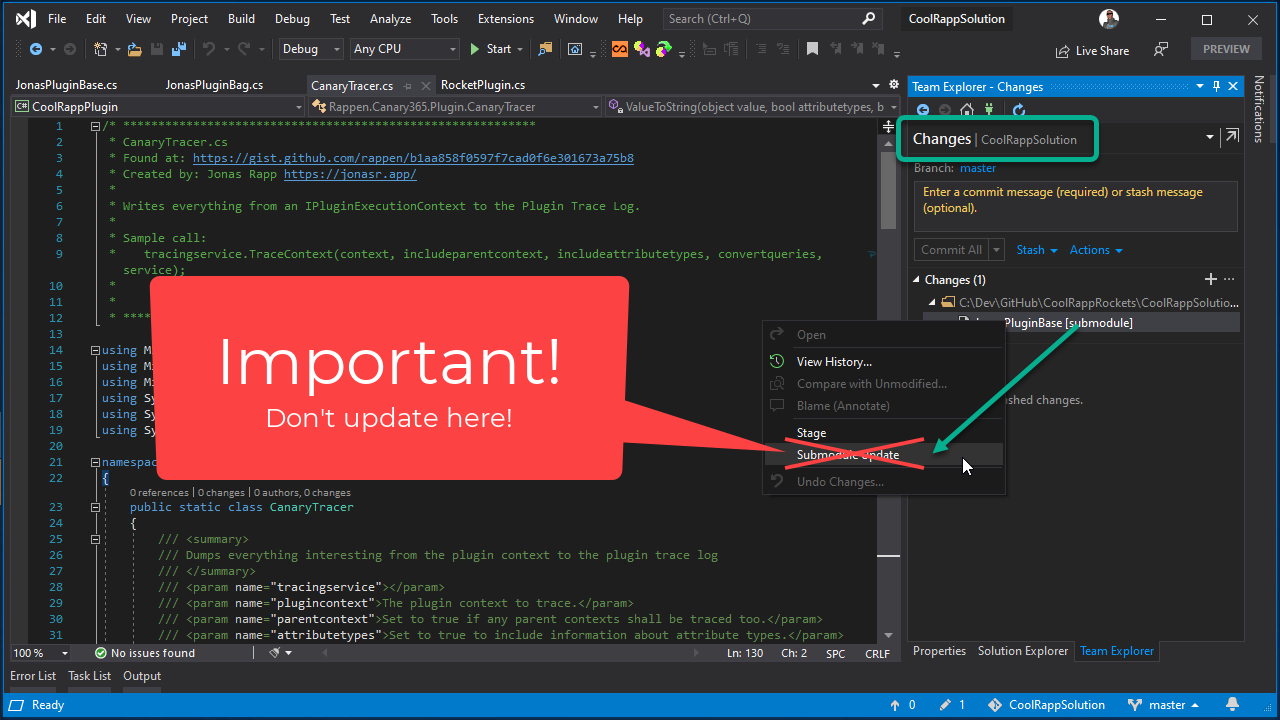

- #VISUAL STUDIO 2019 GITHUB HOW TO#
- #VISUAL STUDIO 2019 GITHUB ARCHIVE#
- #VISUAL STUDIO 2019 GITHUB CODE#
- #VISUAL STUDIO 2019 GITHUB PASSWORD#
- #VISUAL STUDIO 2019 GITHUB SERIES#
#VISUAL STUDIO 2019 GITHUB CODE#
So interested techies can get copy of my work and purse their individual copies of code to next level solution.
#VISUAL STUDIO 2019 GITHUB SERIES#
Onward I’m working on WordPress to ASP.NET Core Migration Series in which I have used this approach. I hope it will give you a kick start with GitLab.

#VISUAL STUDIO 2019 GITHUB PASSWORD#
#VISUAL STUDIO 2019 GITHUB ARCHIVE#
Git Tools/Git Tools 2019 extensions provide the nice Git Changes Window inside Visual Studio to help developers to archive the goal. You can review and adjust the changes easily and create granular commits in Git.Ĭreating granular commits is the primary goal of the Git Commit best practices. The Git Changes Window is usually docked to the IDE to display the changes automatically. Follow the prompts to sign in to the service of your choice and choose the project/repo. Then, it will ask you to Push to a Git service. Next, in Team Explorer click the sync option. The Git Changes Window is better than the out of the box Visual Studio Changes Page of the Team Explorer. To push to a Git service without additional tools simply create a local repo by right-clicking your solution and select Create Git Repository. As well as to reset/undo the selected part of the files. ❷ It allows you not only to stage and un-stage the files but also to stage and un-stage the selected part of the files. In the Advanced Mode, it displays both the changes and stages changes. The Git Changes Window also has the Advanced Mode. The Git Changes Window is modeled after the Pending Changes Window in Visual Studio 2010, which was unfortunately removed from Visual Studio 2013. The benefit of the Simple Mode is that it hides the concept of Git staging area/index, which makes it easier for beginners, as well as simplifies the commit workflow. Step ❶ to ❺ completes committing code in the Simple Mode. Once you are satisfied, you can select the file(s) ❹, enter comments ❺, and commit. ❸ It lets you adjust and refine your code. ❷ It loads the changed file into the main code editor and navigates to the changed line. You can double click the changes in the diff viewer. ❶ By clicking the changed files, the diff viewer on the right side shows the file content differences. The Git Changes Window displays the changes in the Git repository. You can select the menu "Extensions | Git Tools | Git Changes" to bring out the Git Changes Window. Run Visual Studio 2019 select top menu "Extension" search the Visual Studio Marketplace for Git Tools and install.
#VISUAL STUDIO 2019 GITHUB HOW TO#
This post explains how to use the Git Changes Window. Git Tools/Git Tools 2019 extensions add the Git Changes Window to Visual Studio to help you to create granular commits.

I have migrated my Git Tools extension to a new extension, Git Tools 2019 in order to support the new asynchronous extension architecture of Visual Studio 2019. Visual Studio 2019 was launched on April 2nd, 2019.


 0 kommentar(er)
0 kommentar(er)
